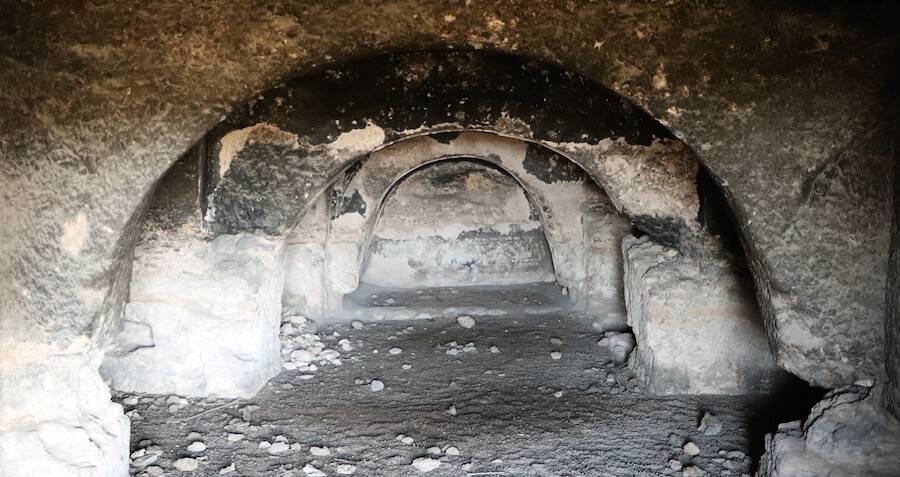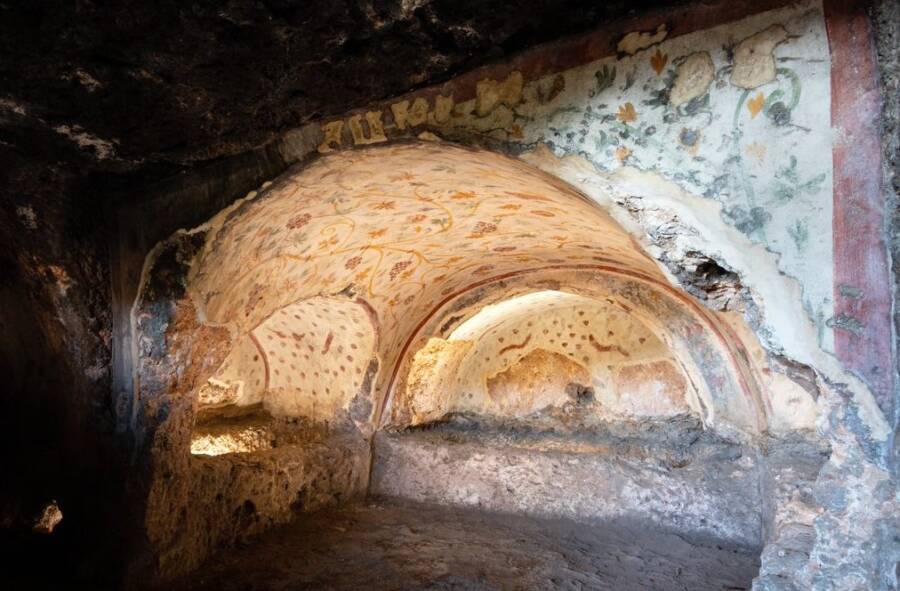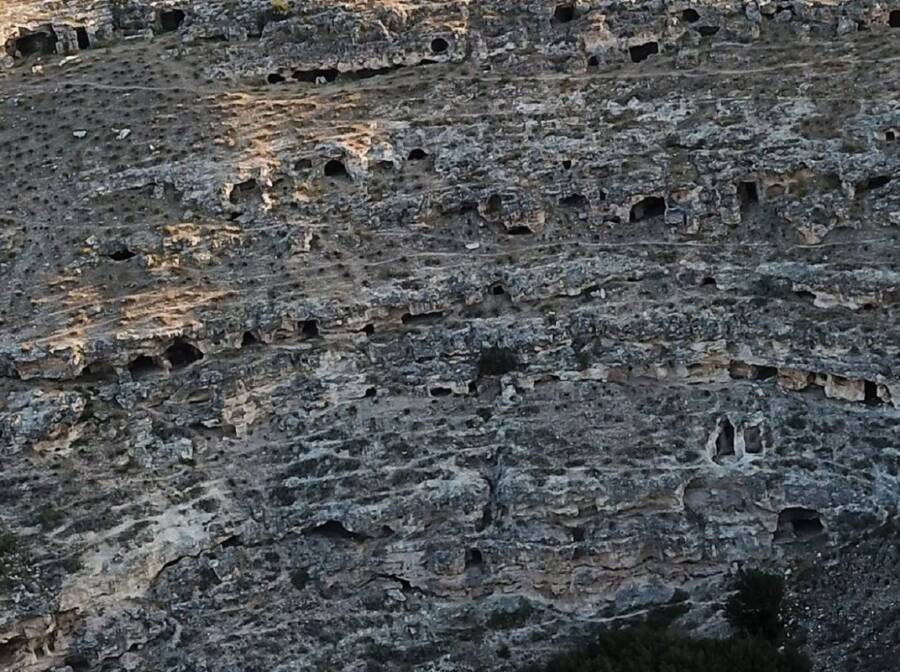At Blaundos, an ancient archaeological site nestled in the heart of Turkey, a remarkable discovery of tomb chambers carved into canyon walls has offered new insights into burial customs during the 2nd to 4th centuries A.D. These tombs, initially designed for individual burials, were adapted over time to accommodate multiple generations, reflecting the dynamic social structures and evolving family customs of the period.
The Evolution of Burial Spaces
The most striking aspect of the Blaundos tombs is the practice of expanding tombs to make space for new generations. What began as individual burial chambers transformed into multi-generational resting places, suggesting that these tombs held deep significance for families. By enlarging the tombs and incorporating the remains of their ancestors, families reinforced their cultural and spiritual ties to previous generations. This evolving burial practice highlights an enduring tradition of ancestral veneration, where preserving family continuity and honoring the deceased were central to the community’s spiritual beliefs.

Ancestral Veneration and Social Dynamics
The tombs at Blaundos are more than just burial places; they represent the intertwining of ancestral reverence with family identity. Over the centuries, the tombs became sacred spaces where the remains of ancestors were integrated into the burial sites of their descendants. This practice not only showcases the desire to maintain familial ties but also illustrates how ancient communities viewed death as a continuum rather than an endpoint. The act of expanding tombs to make room for future generations further suggests that these burial sites served as important symbols of lineage and family legacy.

Funeral Practices and Rituals at Blaundos
The findings from recent excavations also reveal intricate funeral offerings, providing evidence of a rich and complex ritual practice at Blaundos. Some tombs contain multiple individuals, each accompanied by various burial items, which point to an elaborate approach to death and the afterlife. These findings offer valuable insights into the cultural and spiritual practices of ancient Anatolian societies, particularly the role that death and remembrance played in community life.

The burial offerings unearthed in Blaundos suggest a nuanced understanding of the afterlife and the importance of ensuring the well-being of the deceased in the next world. Such rituals reflect the importance of maintaining family honor and seeking favor from the gods through proper burial practices.
Blaundos and Roman Anatolia
The tombs at Blaundos provide more than just a window into burial practices—they offer a broader understanding of Roman Anatolia during the 2nd to 4th centuries A.D. This period, marked by significant Roman influence in the region, saw the introduction of new social structures, as well as shifts in funerary customs. The continued use and expansion of tombs across generations suggest that local traditions adapted and merged with Roman practices, creating a unique cultural fusion that defined the era.
Conclusion: A Deep Dive into Family and Society
The tombs at Blaundos offer a rich narrative about family dynamics, ancestral worship, and the social order of ancient Anatolia. By examining how burial sites expanded to accommodate new generations, archaeologists gain a clearer understanding of the role these tombs played in reinforcing family identity and continuity. This discovery also enriches our knowledge of funerary practices in the ancient world, revealing the complexities of life, death, and legacy in Roman Anatolia. As excavations continue, Blaundos remains a vital site for exploring how family, death, and social hierarchy were intricately connected in the ancient Mediterranean world.

